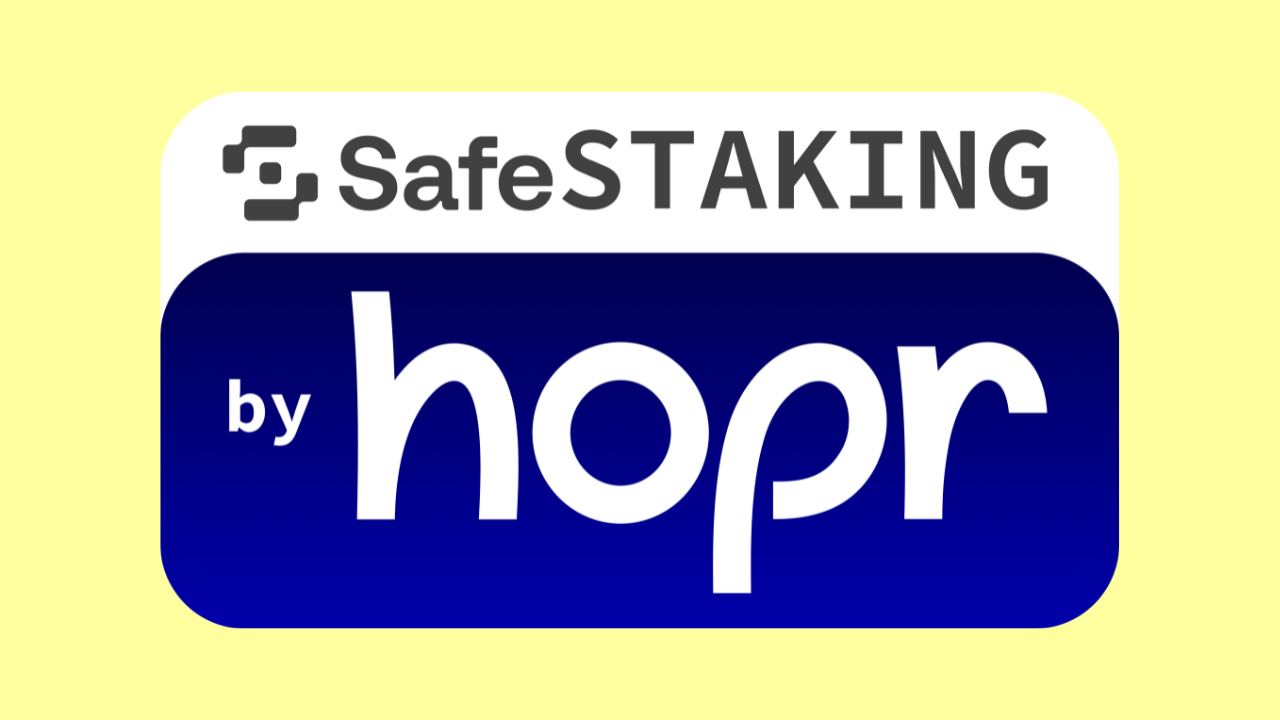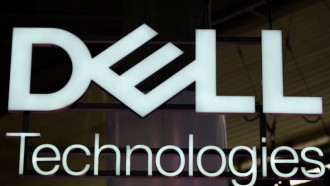
Staking has always been a key component of DeFi, and it's only grown more important since the Ethereum Merge shifted the consensus mechanism from proof of work to proof of stake.
Staking is a great way to earn passive income and do your part to secure the broader infrastructure powering web3. But the reality can be complicated and daunting. Even Vitalik Buterin, founder of Ethereum, keeps the majority of his ETH unstaked due to the risks and complexity. Recent high-value exploits on web3 services suggest he may be right.
Luckily, teams across web3 have come together to produce a solution.
But first, the problem: staking securely requires balancing automation with security. Staking is an on-going process, and it would be impossible to oversee every step manually. Many staking interactions can be automated, but this requires exposing keys so that your node or other service can sign and make transactions on your behalf. Which is convenient, but an obvious avenue for attack: if someone else gets access, they would be able to drain your funds.
Multisignatory wallets (multisigs), where multiple keys are required to sign transactions or interact with smart contracts, provide more security for high-value interactions, however they can be cumbersome to manage. But there's a way to mix automation with multisigs that can provide the best of both worlds.
A Safer Solution
The de facto standard for multisig wallets is Safe, an established provider (they were previously Gnosis Safe) whose custody protocol is responsible for securing more than $50bn in assets. Their vanilla Safe multisig setup is already useful, but more powerful is the ability to upgrade and modify their basic offering with various modules.
SafeStaking by HOPR is a permissioning module for Safe that allows for tight control of monetary flows and permission management. That sounds complicatdd, but it's actually a straightforward and intuitive approach to the problem.
SafeStaking uses multiple keys with different levels of authority. The primary key is used for manually setting permissions and strategies, for example limits of how many funds can be accessed at once. The secondary key is then used for all the automated staking and node-running functions. It's this secondary key which is most likely to be exposed, but any exploit would only be able to access funds up to the limit set by the primary key.
This strikes a perfect balance between security and automation. After initial setup of limits and permissions, everything can be left to run automatically.
This was possible thanks to the partnership between HOPR and Safe, who have worked closely together on the roll-out of this new service in September 2023.
SafeStaking by HOPR was built to secure the more than 300 nodes in the HOPR privacy mixnet, but it has much more general use throughout web3. Whether it's staking, data monitoring, oracles, accounting, or more - anywhere that DeFi or infrastructure services are automated, SafeStaking or similar approaches can be used to provide more security. In fact, HOPR is already collaborating to bring its tooling to various Ethereum token-based projects, including TheGraph, Threshold, Gelato, and Tornado Cash.
 (Photo : Moose Photos)
(Photo : Moose Photos)
SafeStaking by HOPR is FOSS (free and Open Source software) and fully audited, so developers are welcome to fork and use this approach in their own projects. It's early days, but hopefully this new solution will bring more security to the space and maybe even convince Vitalik Buterin to change his mind and start staking.

(Photo : Moose Photos)
ⓒ 2024 TECHTIMES.com All rights reserved. Do not reproduce without permission.
* This is a contributed article and this content does not necessarily represent the views of techtimes.com
* This is a contributed article and this content does not necessarily represent the views of techtimes.com
Join the Discussion





